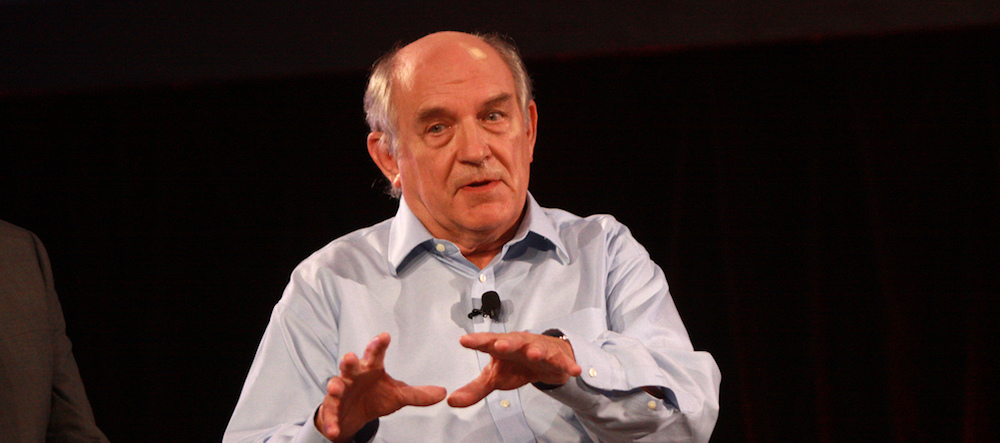Last week, professor Charles Murray, a right-leaning social scientist, was invited onto the campus of Middlebury College in Vermont. As has been frequently the case at many universities over the last few years, student-led protests erupted in disapproval of Murray’s presence at the school. Though protests such as this are hardly unique, the Middlebury protest did something that most campus demonstrations do not do: It turned violent. Protesters attacked Murray and another professor who was attempting to shield him, even sending the latter to the emergency room.
Login to read more
Sign in or create a free account to access Subscriber-only content.
Topics:
